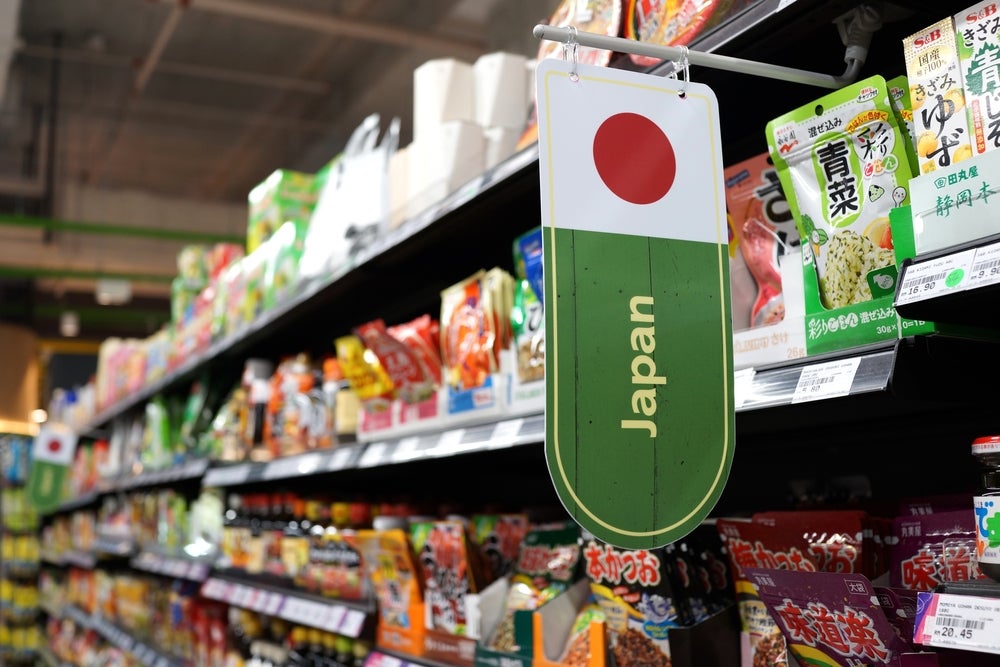
In a recent announcement by the Japan Packaging Technology Association (with some estimated figures), it has been revealed that the packaging and container shipments in Japan saw a significant increase in 2021.
The shipment value reached a staggering 5.6 trillion yen, marking a 2.2% increase compared to the previous year.

Discover B2B Marketing That Performs
Combine business intelligence and editorial excellence to reach engaged professionals across 36 leading media platforms.
Moreover, the quantity of shipments also surged to 19.2 million tons, reflecting a substantial 3.8% growth. This remarkable upswing indicates a promising trend in Japan’s packaging industry.
Lighter containers and simplified packaging
In recent years, Japan has witnessed a notable shift in packaging trends, driven by a heightened awareness of environmental concerns. A core focus has been on reducing the weight of containers and simplifying packaging materials.
This eco-conscious approach has led to the development of products utilising recyclable materials. Additionally, there’s a notable emphasis on creating high-functioning products that prioritise safety and convenience.
Consumers in Japan have become increasingly aware of the environmental impact of packaging.

US Tariffs are shifting - will you react or anticipate?
Don’t let policy changes catch you off guard. Stay proactive with real-time data and expert analysis.
By GlobalDataThis shift in consumer sentiment has prompted manufacturers to rethink their packaging strategies. From bento boxes to cosmetics, companies are reimagining their packaging to be eco-friendlier.
For instance, many food companies have started using biodegradable or compostable packaging materials, reducing their reliance on single-use plastics.
This shift is not only driven by consumer demand but also by regulations and government initiatives aimed at reducing plastic waste. Japan has been actively working to address plastic pollution, and this is reflected in the packaging choices made by manufacturers.
Packaging materials in a two-year growth streak
According to the Ministry of Economy, Trade, and Industry’s “Production Status Survey,” the combined production quantity of the four primary packaging materials from January to October 2022 reached 2,593,075 tons.
This marked a significant 2.2% increase compared to the same period in the previous year. Notably, plastic containers, driven by advancements in recycling technologies and the promotion of recycled plastics, recorded a 2.9% increase.
Packaging paper showed a 3.2% increase, while glass containers exhibited a 2.1% growth, both experiencing a two-year consecutive rise. In contrast, beverage cans experienced a 1.4% decline, marking three years of continuous decrease.
This continued growth in packaging materials production signifies a commitment to sustainability and innovation within Japan’s packaging industry.
Manufacturers are investing in research and development to create packaging solutions that are not only environmentally friendly but also economically viable.
2023 market outlook
As Japan looks forward to a recovery in demand with the easing of the pandemic’s impact on the economy, several factors cast shadows of uncertainty. Rising raw material prices and the weakening yen continue to be sources of concern.
These challenges make it difficult to predict the future of demand accurately. However, the industry is gearing up to face these challenges head-on, particularly by accelerating the development of eco-friendly products.
One notable development is the growing interest in flexible packaging solutions. Flexible packaging offers several advantages, including reduced material usage, improved shelf life for products, and convenience for consumers.
Manufacturers are exploring innovative materials and designs to make flexible packaging more sustainable.
Cautious optimism
Japan’s packaging industry has been steadily on the rise, reflecting both a growing consciousness of environmental issues and the development of innovative, eco-friendly solutions.
At present, the industry remains cautiously optimistic, knowing that the path ahead may be uncertain but ready to embrace new opportunities to meet the evolving needs of consumers.
Japan’s commitment to sustainable packaging practices and its resilience in the face of challenges make it a compelling market to watch for Western readers interested in the packaging industry’s global landscape.
The fusion of tradition and innovation, where ancient cultural values meet cutting-edge technology, creates a dynamic backdrop for the packaging industry’s evolution in Japan.





